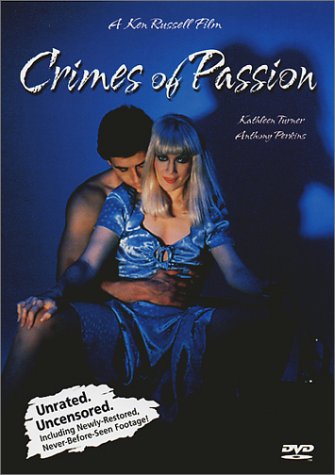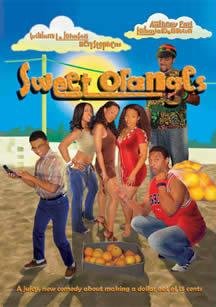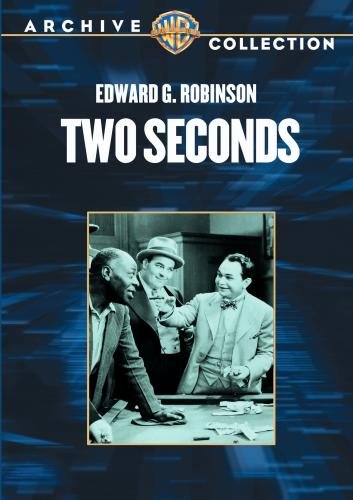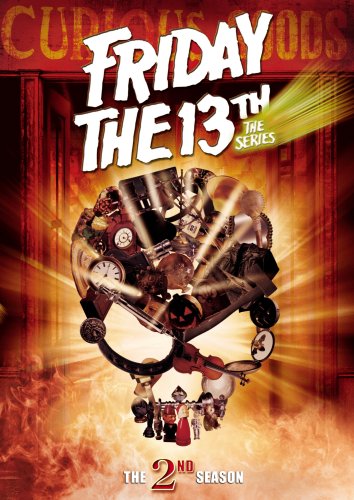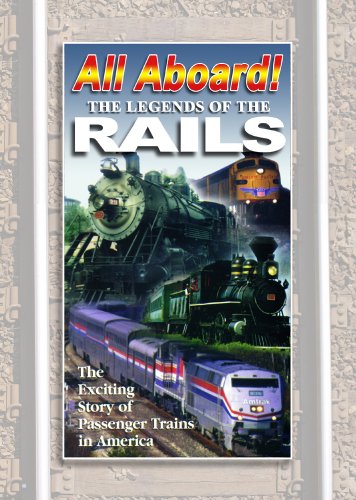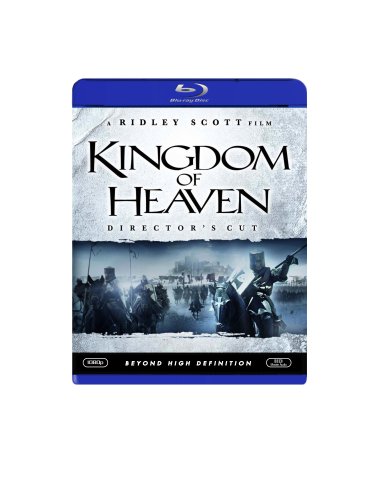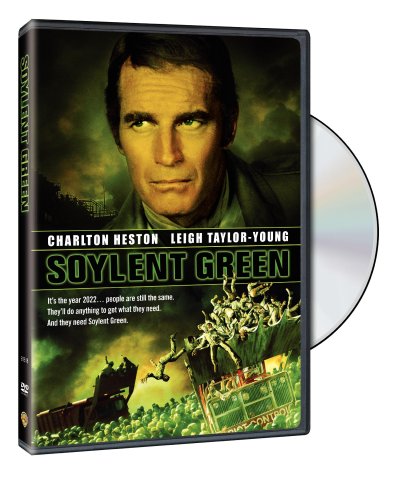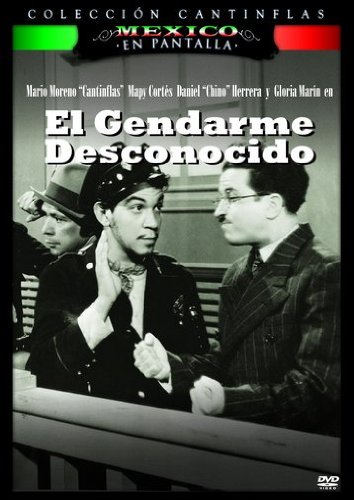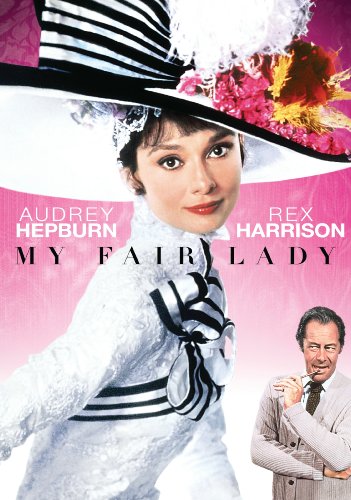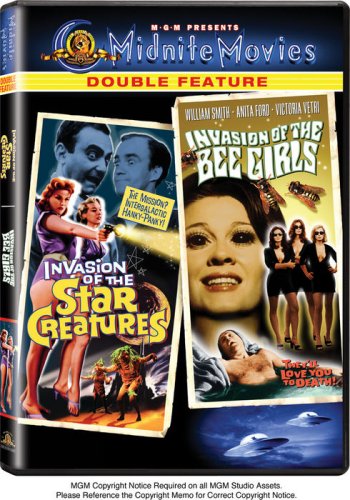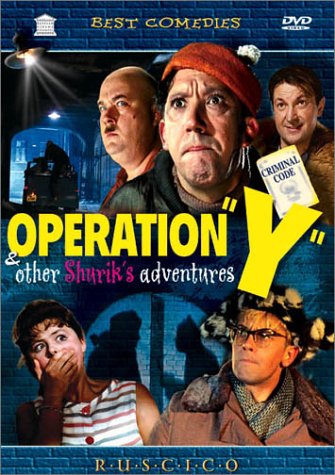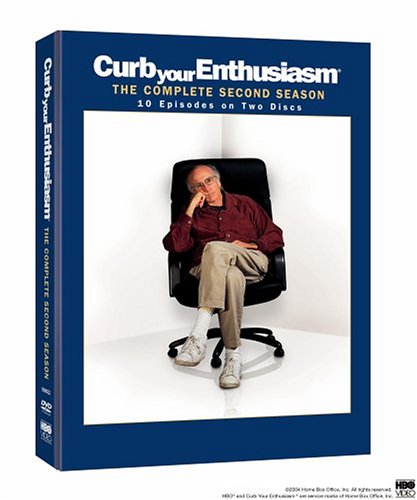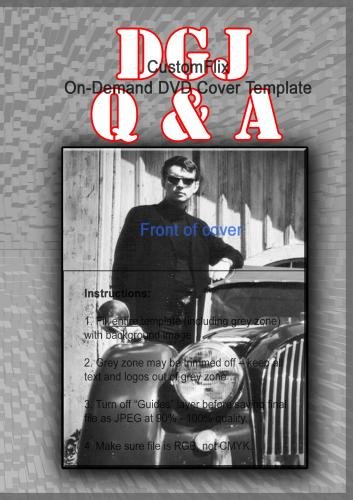Keoma Review

The mystical, eerie and rather sombre opening of this late (1976) entry into the Italian western cycle, with its at first somewhat confusing flashback structure and alternation of bright, colorful daylight and gloomy, dusty apocalyptic destruction, all dominated by the fierce old witch-woman who will keep reappearing in the film, might lead you to think you are in for a deep, metaphysical and narratively challenging experiment.
But hold on, pardner! "Keoma" soon settles down into a fairly typical narrative: Civil War vet comes back to his hometown to find it taken over by bad guys; vet has to save the town all by his lonesome. And Keoma bears more than a little resemblance in attitude and wild appearance to plenty of cowboy antiheroes in the past (i.e., The Man With No Name). That's not to say it's boring or formulaic, because over that basic storyline there's plenty to marvel at: gorgeous photography, particularly in the bright daylight scenes, a terrific folk-rock score highlighted by a Leonard Cohen-type male vocalist, a typically solid performance by Franco Nero, and some interesting story touches like a plague that ravages the town (plague? yes) -- a town that seems ready to fall apart, more dreary and decayed even than the one Django rides through in the film of the same name. It's probably no coincidence that a couple of the titles the film has been known by had "Django" in them; then again, so did about a third of all the Italian westerns made after the original DJANGO.
Keoma not only has to confront the evil gunslinger who has taken over the town, but his henchmen turn out to be Keoma's three half-brothers, and oh -- Keoma is a halfbreed Indian (yes, despite being blonde, blue-eyed and hairy-chested) and his best friend is a black man (the great Woody Strode, looking pretty good at the age of 62). The film doesn't really dig much into the racial aspects of the story, though it doesn't ignore them either. But it all really boils down to a couple of really terrific gunfights at the end, lots of slow-mo Sam Peckinpah-type action (but without much blood), a Christ-on-the-cross image, and a hero riding off into...bleakness? Death? Given the apocalyptic visions throughout the film, I was reminded more than once of Jodorowsky's EL TOPO, which makes such visions come true.
Director Enzo G. Castellari made a few other westerns in the earlier part of his career, which dates back a decade before this one; none are remotely as well known as KEOMA but I'd still like to see some of them. And as one of the few Italian genre directors from the golden age of the 60s and 70s to still be making films, let's hope he's got another western in him, somewhere. Whether he does or not, this seems in any case like perfect coda to the spaghetti.
The `Spaghetti Western' Masterpiece From The Producer Of DJANGO
Franco Nero (DJANGO, THE FIFTH CORD) is KEOMA, a half-breed gunfighter weary of killing as a way of life. But when he returns to his troubled childhood home, Keoma is caught in a savage battle between innocent settlers, sadistic bandits and his vengeful half-brothers. In a wasteland gone mad with rage and pain, can one man massacre his way to redemption?
KEOMA is an extraordinary combination of potent symbolism, powerful performances and relentless violence, brilliantly directed by Enzo G. Castellari (STREET LAW, THE BIG RACKET). Woody Strode (ONCE UPON A TIME IN THE WEST), William Berger (DJANGO STRIKES AGAIN) and Olga Karlatos (ZOMBIE) co-star in this one-of-a-kind classic that fans and critics consider to be one of the greatest `Spaghetti Westerns' of all time.

